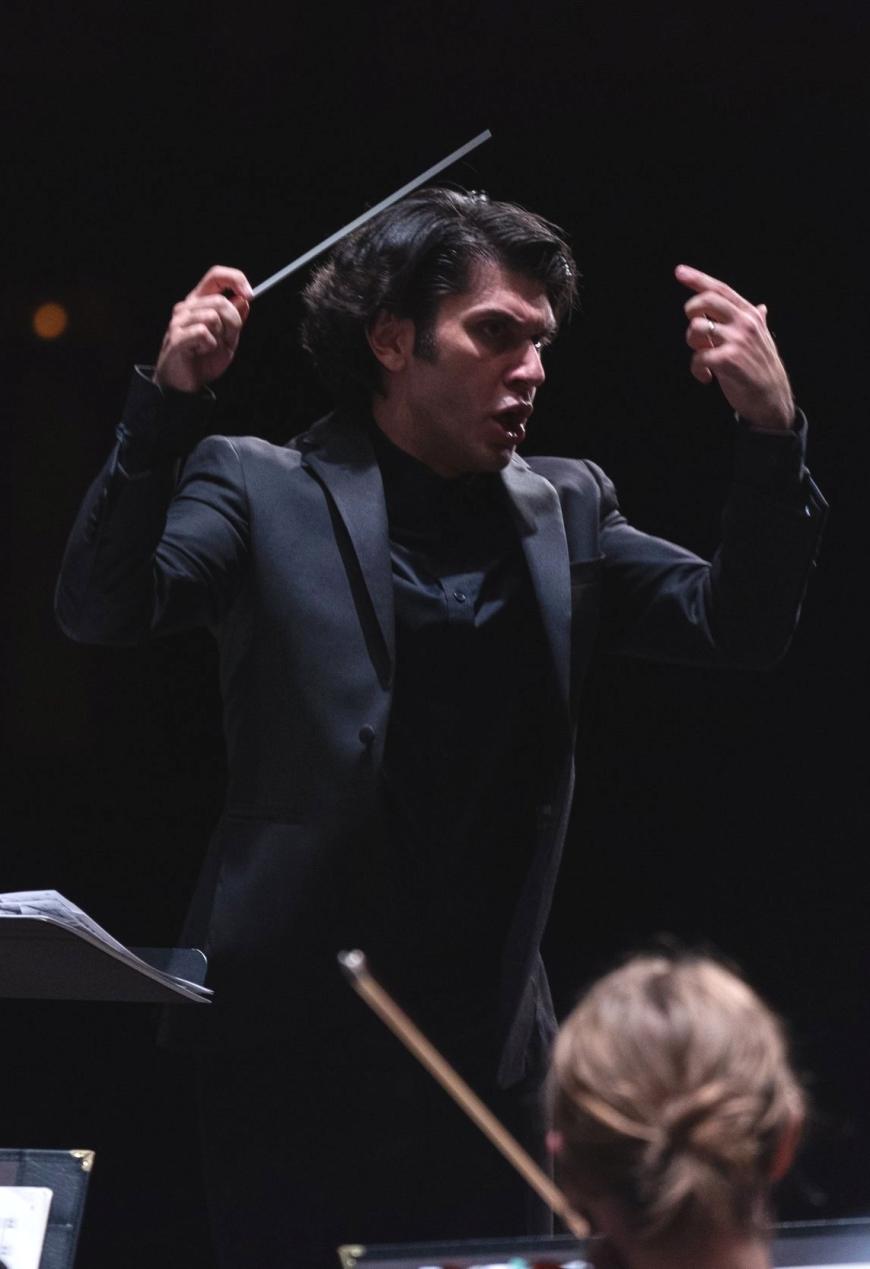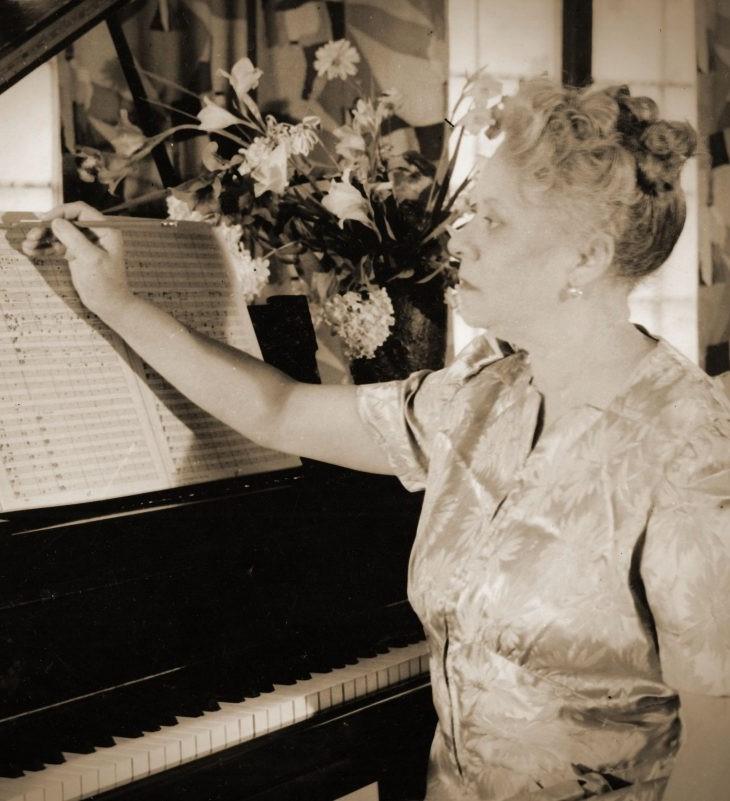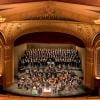
Symphony San José sizzled and popped in its concert at the California Theatre on Saturday, March 18. The entire program featured full-bodied performances of real heft and quality, with fine work by the members of the orchestra.
This is largely due to the inherent qualities of the ensemble — it’s been a first-rate regional orchestra for over a decade now — but the particular energy of this concert could also be attributed to first-time guest conductor Aram Demirjian, music director of the Knoxville Symphony. He’s been praised at home for his enthusiastic, even electric performances. Those qualities came across here.
Demirjian collaborated with SSJ’s most popular and prolific guest artist, pianist Jon Nakamatsu, who likes playing in San José because he lives in the South Bay. His vehicle was the equally popular Piano Concerto in A Minor by Edvard Grieg, the same concerto with which he made his debut with this orchestra in April 2006. The Symphony’s retired general director, Andrew Bales, particularly wanted to hear Nakamatsu play the Grieg again in this, the final season that Bales was responsible for programming.

The often-heard Grieg concerto sounded fresh as the orchestra matched Nakamatsu in crispness and precision. Ensemble and soloist exchanged one cheerful and catchy melody after another for half an hour. The Grieg can be a garrulous virtuoso display piece, but for all of his heavy chords, Nakamatsu was succinct and punchy here, finding grace within the energy. Between them, the performers made the concerto sound compact, a match for the Robert Schumann Piano Concerto that inspired it.
To ramp down the energy for his encore, Nakamatsu let the lyric tones of Franz Schubert’s Impromptu in G-flat Major, Op. 90, No. 3, wash gently over the audience.
“Jhaptal” by David Amram is another concerto, a movement from a three-movement work titled Three Songs, which the Symphony gave the first performance of in 2009, with Nakamatsu as soloist. He didn’t play the solo part this time. Judging this the movement with the least soloistic display, the programmers placed the piano within the orchestra instead of in front and gave the part to a different local performer, Kymry Esainko, most recently heard a week earlier playing Maurice Ravel with the Golden Gate Symphony. Esainko had a few short solo passages, but mostly his work was mixed with the orchestra.
Jhaptal is a meter in North Indian classical music, which Amram heard on a visit to India and Pakistan in 1978. In Western notation, that rhythm comes out as 10/4. That pattern dominates the movement. Amram employs Indian melodic structures and instrumental combinations to produce a colorful piece whose flavor of North Indian music bears a heavy Western accent.
The highlight of the program was the Symphony No. 1 in E Minor by Florence Price. SSJ is just one of many orchestras, local and nationwide, that have added a Price symphony to their repertoires in the last few years. This is not the first Price piece that the orchestra has played, however; her Piano Concerto was on a concert here last June.

After years of obscurity, Price has recently been taking her place as an important 20th-century American composer. Originally from Arkansas, she moved to Chicago in 1927 and was a leading figure in the flourishing classical milieu of the Chicago Black Renaissance until her death in 1953. The apex of her career may have been when the Chicago Symphony, under its music director, Frederick Stock, performed this symphony at a festival concert in 1933.
It could not possibly have been a greater occasion than this Saturday’s concert. Of the several performances I’ve heard of this symphony, this was by far the finest. The mass and structure displayed in the work, the thought and expression given to its shaping, and the energy and enthusiasm with which it was performed proclaimed it a masterpiece of the American symphonic tradition. (Price’s surviving later symphonies, the Third and Fourth, are even better, or would be if they were performed as well as this.)
The high level of energy, running up to a huge flash in the final coda, brought out the symphony’s resemblance to the music of Antonín Dvořák. Its Romantic character is a basic inspiration for Price’s style. There were many Dvořák-like moments in the opening Allegro ma non troppo. To this base, Price adds instrumentation and themes derived from 19th-century African American spiritual and folk music. This is exactly the kind of distinctly American music that Dvořák was hoping to encourage when he came to the U.S. in the 1890s to help teach American composers. The spiritual side emerges in the brass chorales that dominate the Largo second movement, and the folk side comes through in the Juba Dance — based on a historical style — that constitutes the third. Put together, they give Price’s music an individual flavor of the kind that distinguishes all notable composers.
With the African American roots of Price’s music, the borrowed Indian character of Amram’s, and the hints of Grieg’s native Norway in the themes of his concerto, this well-programmed and finely performed concert was full of flair.



